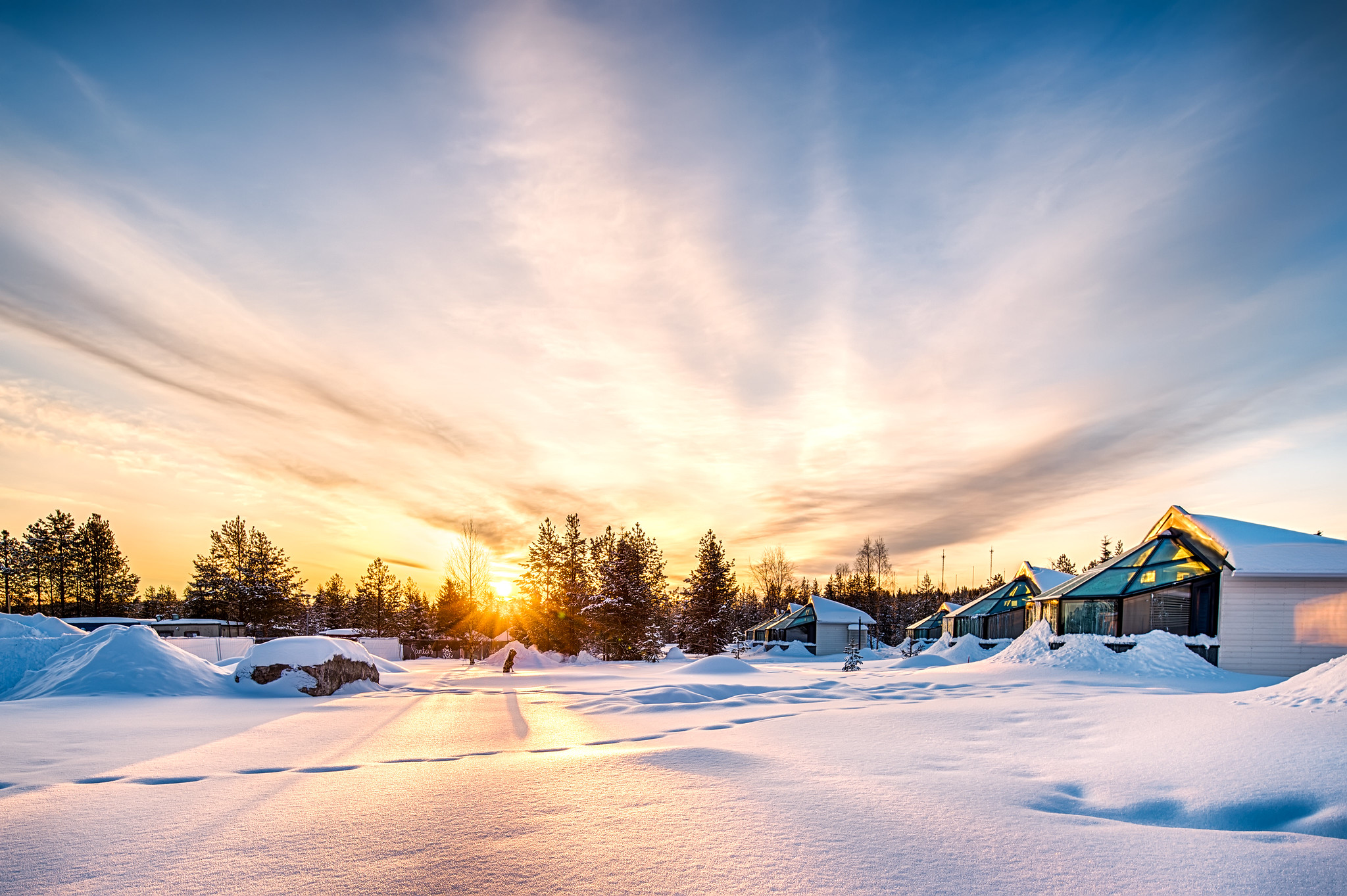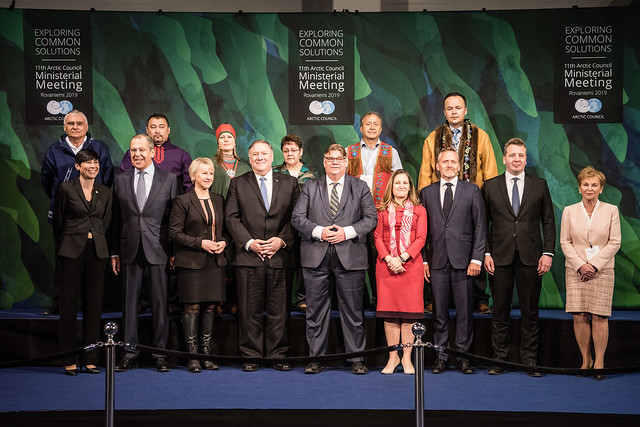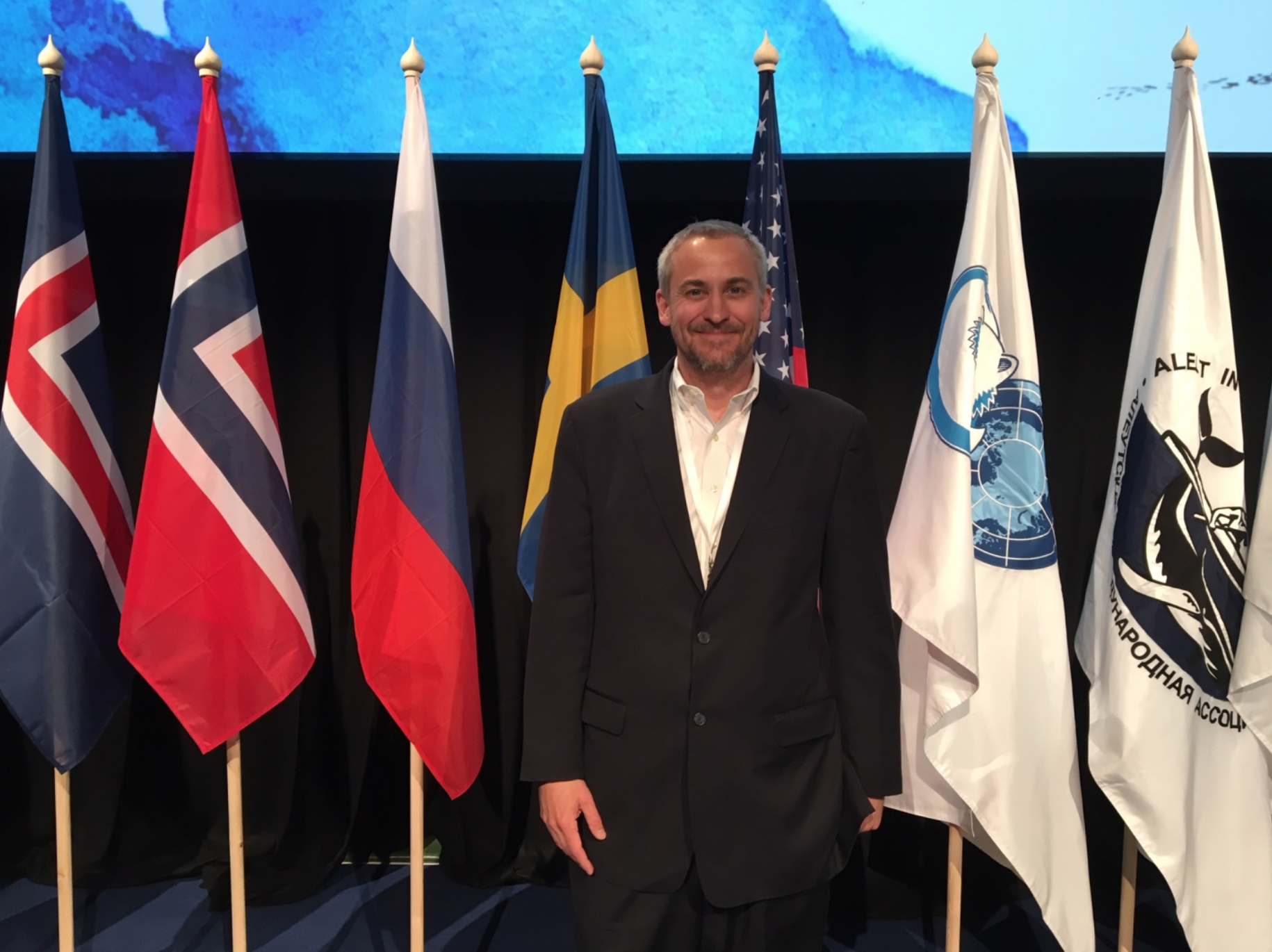An Arctic Report From the “Official Hometown of Santa Claus”
The Arctic Council is forging ahead despite one particular country that may well be under consideration for Santa’s “naughty list”

As much as I was excited to be in Rovaniemi, Finland with the United States Secretary of State, Mike Pompeo, and his counterparts from the Arctic nations to participate in the 11th Arctic Council Ministerial meeting, let’s be honest, the most famous person in town at the moment is—and will likely always be—Santa Claus.
Known as the “Official Hometown of Santa Claus,” Rovaniemi sits not too far from the Russian border and right at the latitude that marks the southern boundary of our planet’s Arctic region. This is the homeland of the Saami people, who, along with the country of Finland, were our hosts for this meeting. They gave all of us a warm welcome despite the late-Spring snow flurries.
Founded in the late 1990s, the Arctic Council is a high-level intergovernmental forum of Arctic nations that addresses environmental and social issues facing the region. The role of the council has greatly expanded as climate change impacts accelerate in the North. There is a lot at stake for this culturally rich region and its globally unique ice-dependent habitats. We were all in Rovaniemi to try to make a difference.
While the current United States Administration is not the most dedicated to Arctic conservation or even acknowledging climate change, participation in the council requires cooperation with other Arctic nations and indigenous Permanent Participants like the Saami and Inuit. And they are all more than aware of both the increasing impacts of climate change and what needs to be done about it.

The council operates on consensus, and as such, one country could potentially veto the work of the council. But despite what appeared to be their best attempts, the United States has not been able to derail the ongoing excellent work that would normally have been detailed in a Ministerial Declaration signed by all participants at the end of each two-year Arctic Chair.
This year, for the first time, the meeting concluded with a very short Ministerial Statement, not a comprehensive Declaration. This compromise was due in large part to the United States refusing to fully embrace our shared commitment to urgently address climate change and the determination of the other Arctic nations and indigenous Permanent Participants to fully address the pressing social and environmental issues in the Arctic.
The United States delegation chose to focus on competition and military instead of cooperation. While this is disappointing and frankly a bit embarrassing, the Finnish Chair did also release a separate summary detailing how the Arctic Council continues to move forward on many important issues including:
- Making Arctic shipping safer, including working at the International Maritime Organization to phase out heavy fuel oil use in the Arctic
- Tackling climate change, including reducing black carbon, addressing ocean acidification and implementing the recommendations of the Intergovernmental Panel on Climate Change to safeguard Arctic biodiversity
- Strengthening the Arctic Council as a cooperative body and ensuring ongoing meaningful participation of indigenous peoples.
In more good news, Iceland has also announced that their 2019-2021 Chair will focus on issues that Ocean Conservancy has long considered priorities. The council will develop a Regional Arctic Plan for addressing marine debris and plastics in the Arctic and increase the focus on Arctic Ocean issues, including safe shipping, habitat protection and tackling climate change. We look forward to partnering with the Icelandic Chair and are already working on including more Arctic regions and communities in Ocean Conservancy’s annual International Coastal Cleanup.
At home, we will continue to urge the Trump Administration not to ignore the reality of climate change impacts in the Arctic, which is already heating up at twice the rate of anywhere else on the planet. There is not a lot of time for delay and the United States must also commit to the Paris Agreement and take swift action to reduce our greenhouse gas emissions.
In sum, I am still leaving Rovaniemi feeling hopeful about the future of the Arctic.
The Arctic Council is forging ahead despite one particular country that may well be under consideration for Santa’s “naughty list”.
